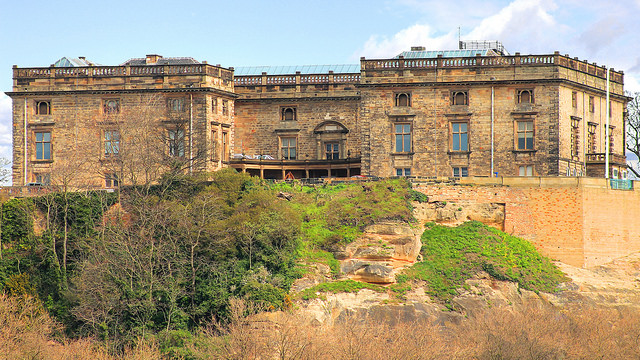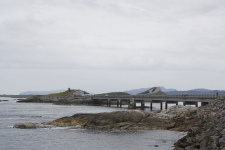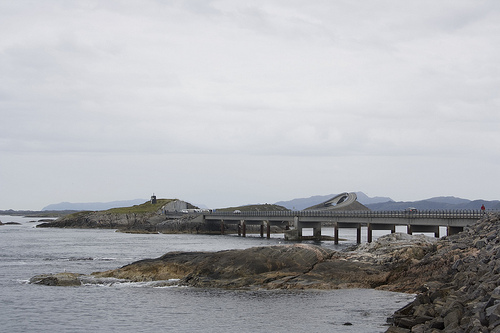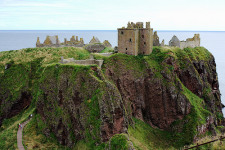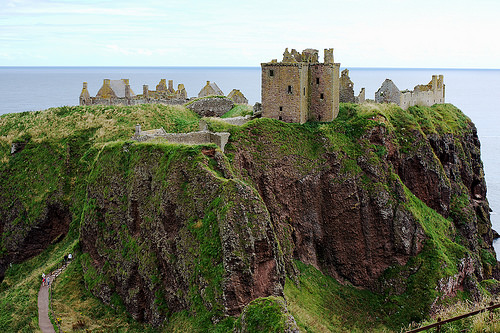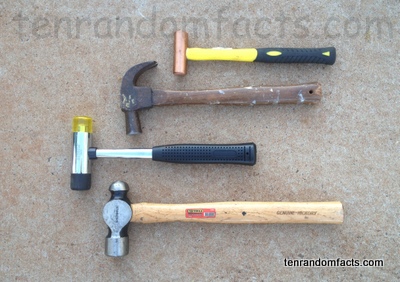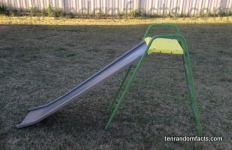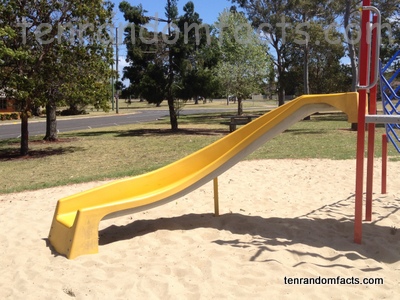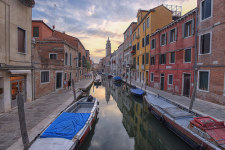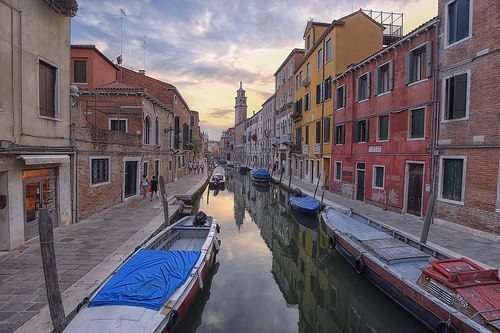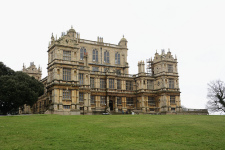
Siege, take over, destroy, take over, siege, destroy – the life of Nottingham Castle.
- Nottingham Castle is a ruined medieval castle, now a museum, located in England’s Nottingham, in Europe, on ‘Castle Rock’.
- The construction of the first known castle on the Nottingham Castle site, was in 1067, at the request of the Norman king, William the Conqueror, although smaller castles may have been built previously, and in the mid to late 1100s a more robust stone castle was built.
- Nottingham Castle was built in a strategic position, in an area with cliffs reaching 40 metres (130 feet) in height, as well as near a River Trent crossing and prime hunting areas.
- Nottingham Castle was originally used as an important vantage point during medieval times, and was taken by Prince John in 1194, as well as King Edward III in 1330, and was later destroyed at the end of the English Civil War in 1649.
- Nottingham Castle was rebuilt as a ducal mansion in the 1670s by Newcastle’s then Duke Henry Cavendish, and was built on top of the castle’s foundations, although it was burnt down in 1832.
Nottingham Castle
Image courtesy of Arran Bee/Flickr
- Nottingham Castle and the surrounding area has been associated with the legend of Robin Hood and the story’s Sheriff of Nottingham.
- Nottingham Castle was restored in 1875, and opened as a museum and art gallery, that is still used for this purpose today, and tours can be taken, some venturing into rock caves and secret passageways.
- Nottingham Castle has numerous gardens and now includes a themed playground for children.
- Nottingham Castle is owned and cared for by the Nottingham City Council and the property covers an area of 6 acres (2.4 hectares).
- Nottingham Castle museum and art gallery includes items such as ceramics, paintings, carvings, costumes and other collections.
Edit: The original picture featured in this post was of Wollaton Hall, not Nottingham Castle. This has since been rectified.
Bibliography:
Nottingham Castle, 2014, One Day In, http://www.experiencenottinghamshire.com/discover/nottingham-castle-p357581
Nottingham Castle, 2014, Wikipedia, http://en.wikipedia.org/wiki/Nottingham_Castle
Visiting Nottingham Castle, 2014, Nottingham City Council, http://www.nottinghamcity.gov.uk/Castle





